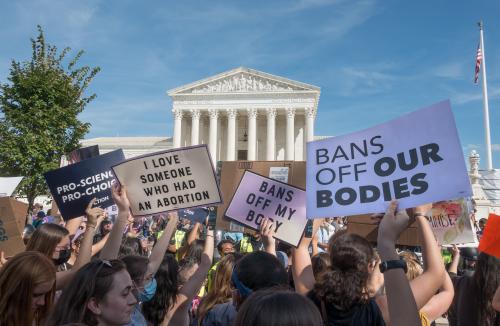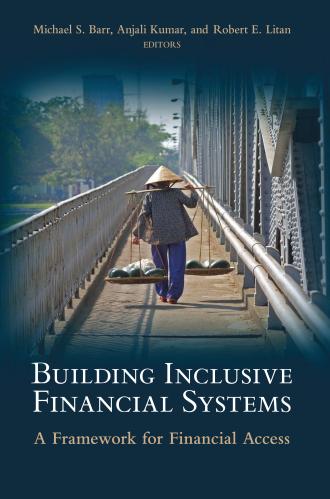Listen to BPEA Co-editor Justin Wolfers discuss this paper:
Family planning policies over the last 50 years have had significant positive effects on children’s well-being, according to a new paper presented today at the Spring 2013 Conference on the Brookings Papers on Economic Activity (BPEA). Children born after taxpayer-funded family planning programs began benefitted from increased economic resources: they lived in higher income households, and were significantly less likely to live in poverty or in households receiving any public assistance.
In “Fifty Years of Family Planning: Lessons and Implications,” Martha J. Bailey of the University of Michigan looks at the history of contraception in the US, spanning the period when the sales and distribution of information regarding contraception was illegal, to today, with public funds supporting family planning clinics serving over 7 million women. Bailey’s analysis examines two large policy changes during the 1960s and 1970s: the dramatic repeal of state-level bans on the sales of contraception after the Griswold v. Connecticut Supreme Court decision in 1965 that ruled that states’ regulation of private matters (like contraception) was unconstitutional, and the early, community-based expansion of public funds for family planning programs.
Both policy changes had significant effects on birth rates, she finds: birth rates fell by 5 percent in formerly restrictive states after Griswold, and decreased almost 2 percent after family planning programs began (relative to birth rates in the same counties just before these programs began). These policies also had measurable effects on children’s health and material well-being, according to Bailey. Lifting restrictions on contraceptive sales reduced unwanted births and increased the average weight at birth. In addition, she finds, children conceived after federally funded family planning programs began lived in households with higher annual incomes (relative to children conceived in the same counties before family planning programs began), and they were also 5 percent less likely to live in poverty, 15 percent less likely to live in households receiving public assistance, and 4 percent less likely to have a single parent.
“Reductions in unwantedness, increases in birthweight, and increases in the material living circumstances of the average child point to family planning programs’ broad benefits for children in the shorter to medium term,” she writes.
The paper finds no evidence that births to mothers in states with more restrictive contraception laws were more likely to be conceived out of marriage or reside in single-parent households, suggesting that “greater access to contraception need not influence less committed couples to have pre-marital sex or submit to marriages that are less durable in the longer term.”








